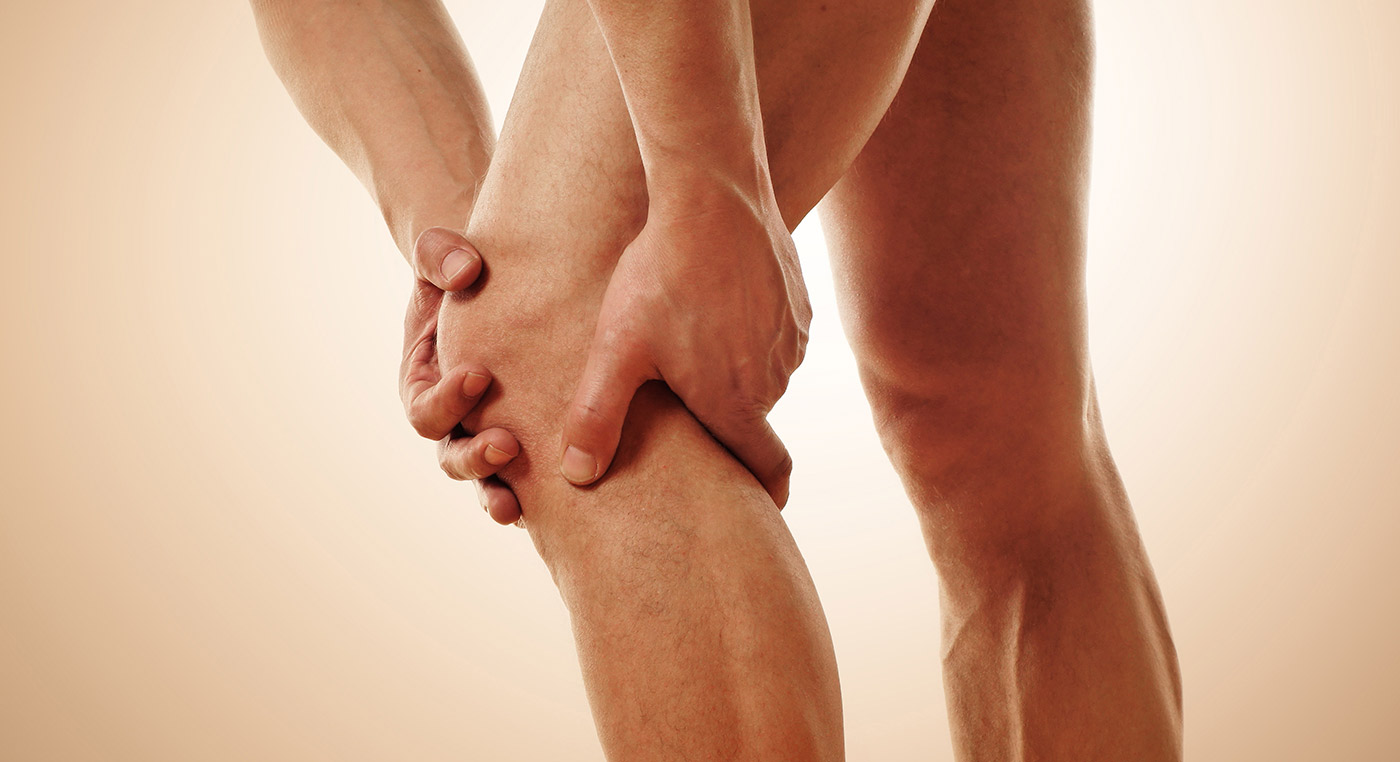
Rhabdomyolysis is a serious condition in which skeletal muscle is rapidly destroyed and releases myoglobin and other proteins into the blood stream. It can result in kidney failure and, in rare cases, death. Rhabdomyolysis can be caused by traumatic injury such as crush injury, a medical condition, or toxins including some medications. Rhabdomyolysis is a medical emergency, but when treated promptly, most patients recover well.
Rhabdomyolysis Symptoms
The symptoms of rhabdomyolysis can vary from one person to the next, depending on the cause and how it is affecting the body. In classic presentation the patient experiences these three symptoms:
- Decreased urination or urine that is brown or dark red
- Muscle weakness, such as difficulty moving your arms and legs
- Muscle pain in the shoulders, lower back or thighs
However, about half of people experiencing rhabdomyolysis do not experience muscle-related symptoms. Other common symptoms include:
- Nausea or vomiting
- Abdominal pain
- Rapid heart rate
- Fever
- Dehydration
- Confusion
- Loss of consciousness
Rhabdomyolysis Causes
Rhabdomyolysis can have many causes. Determining the cause is critical to treating the condition properly. When the cause is traumatic, it is usually obvious, but non-traumatic causes can be difficult for doctors to pinpoint. Causes of Rhabdomyolysis can include:
- Crush injury
- Electric shock
- Severe burns
- Extreme muscle strain
- Prolonged muscle compression
- Venomous bite
- Seizures
- Delirium tremens
- Heat stroke or very high fever
- Muscle diseases
- Diabetic ketoacidosis and other metabolic disorders
- Bacterial and viral infections
- Certain medications including some statins, type 2 diabetes drugs, and antipsychotics
- Alcoholic binges
- Drug overdose
